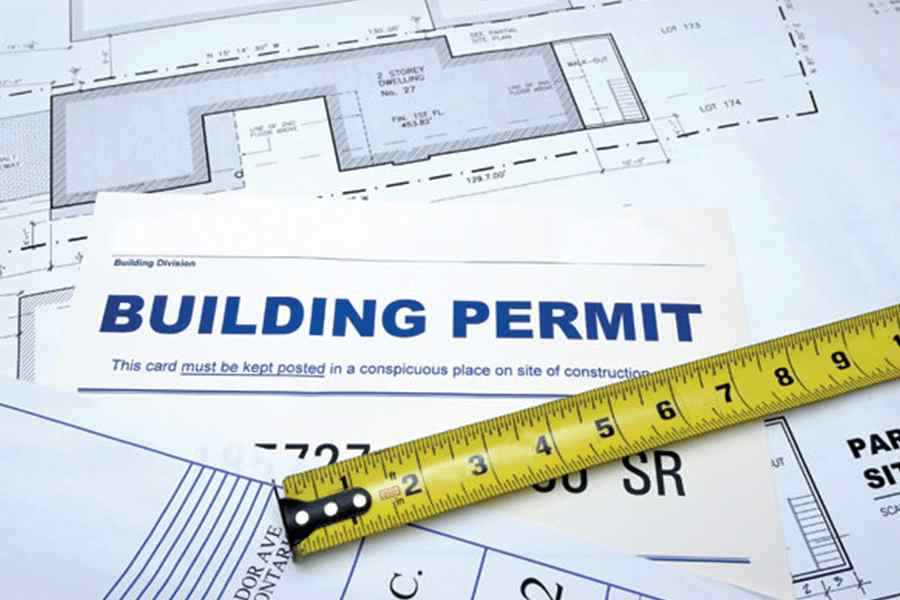Edward Daciuk
Expertise:
- Retail
- Franchising
- Starting a Business
Experience:
Edward Daciuk is a contributor to Fit Small Business and has helped start and build three different technology companies. This includes a fintech startup that raised $20 million in venture capital, went from a PowerPoint to 400 bank and hedge fund customers, and then sold to the Chicago Mercantile Exchange. He helped launch Inc.com, the internet arm of Inc. magazine, where he served as CFO and COO. Prior to that, he co-founded Periscope Systems with startup capital from KPMG and sold it to a boutique investment bank.

